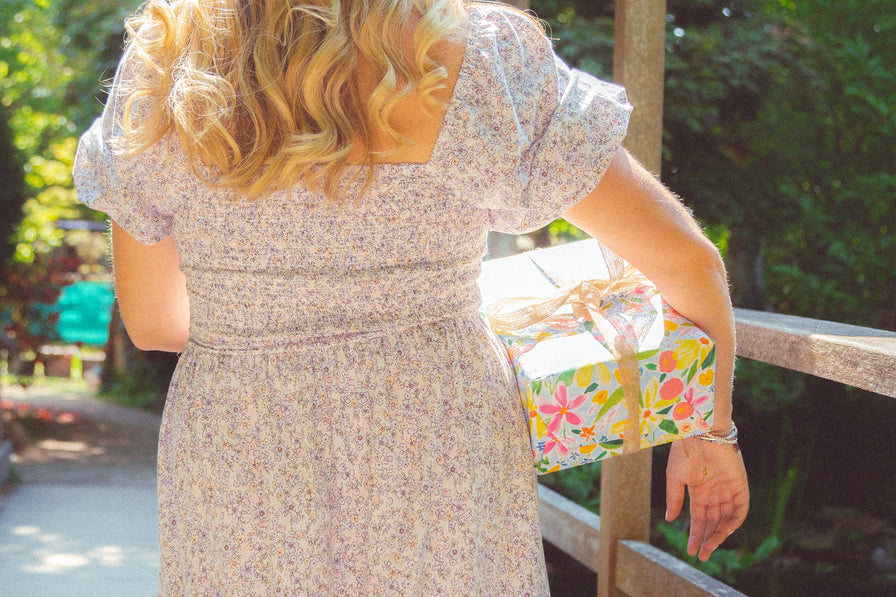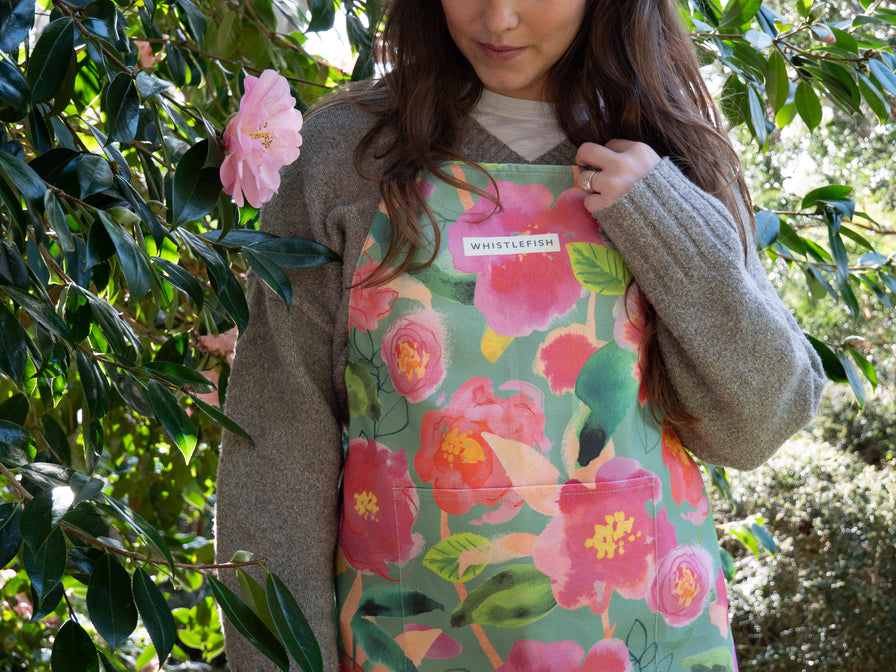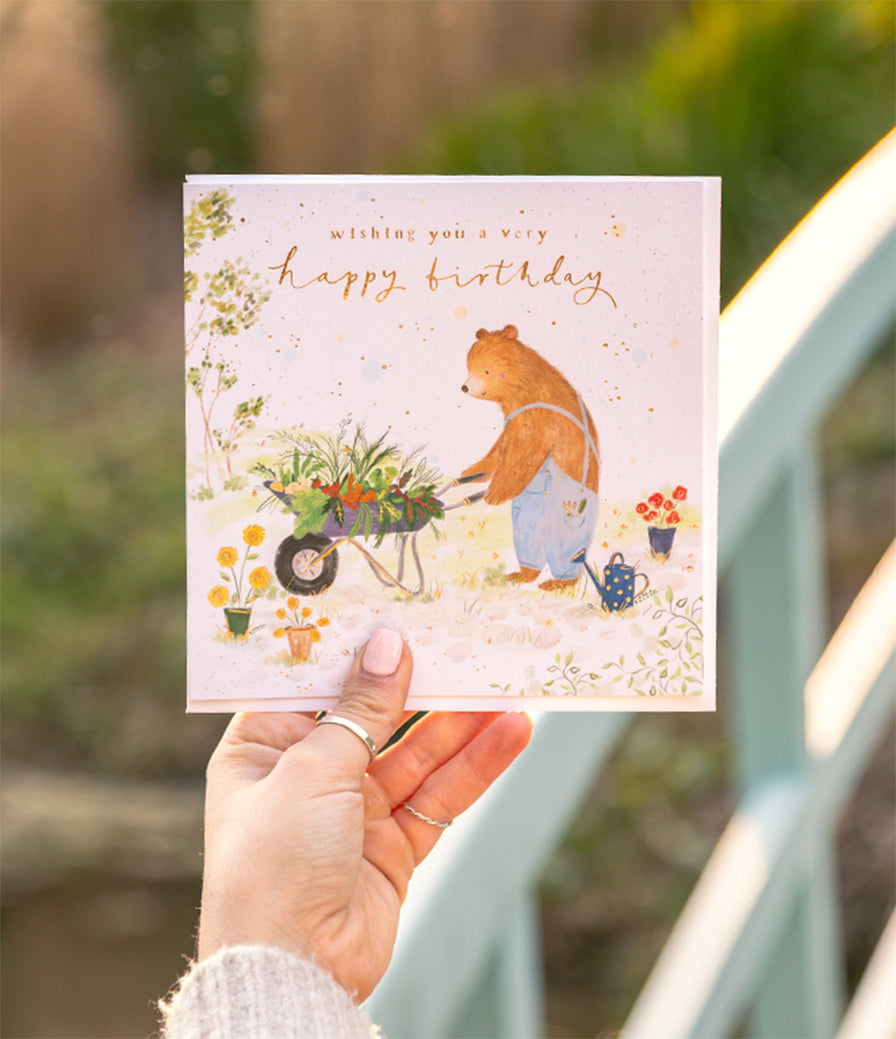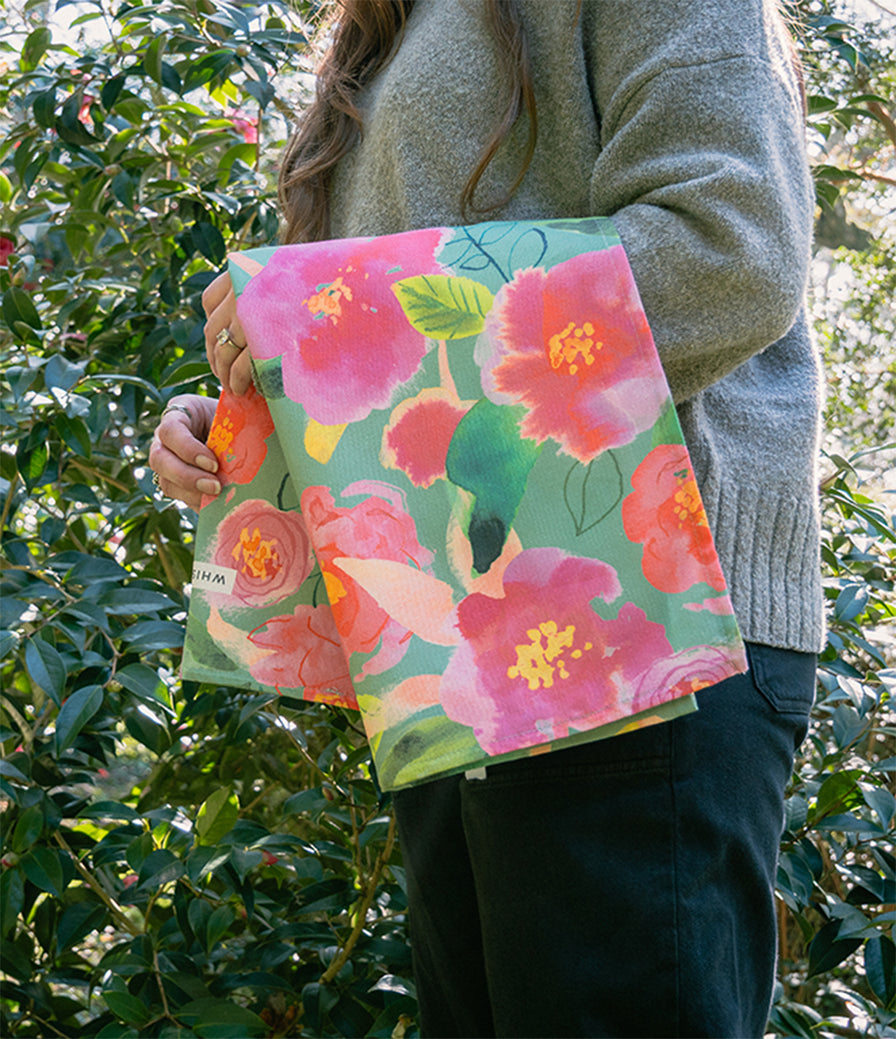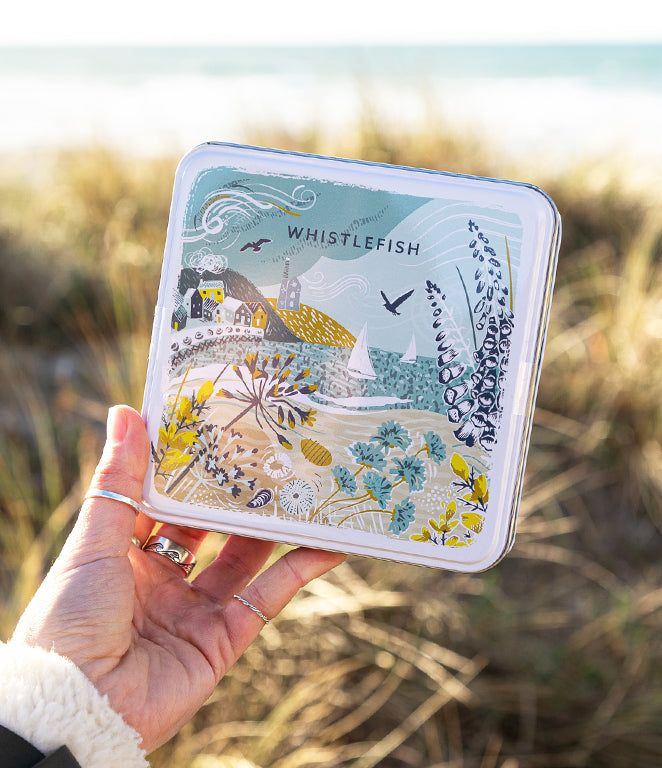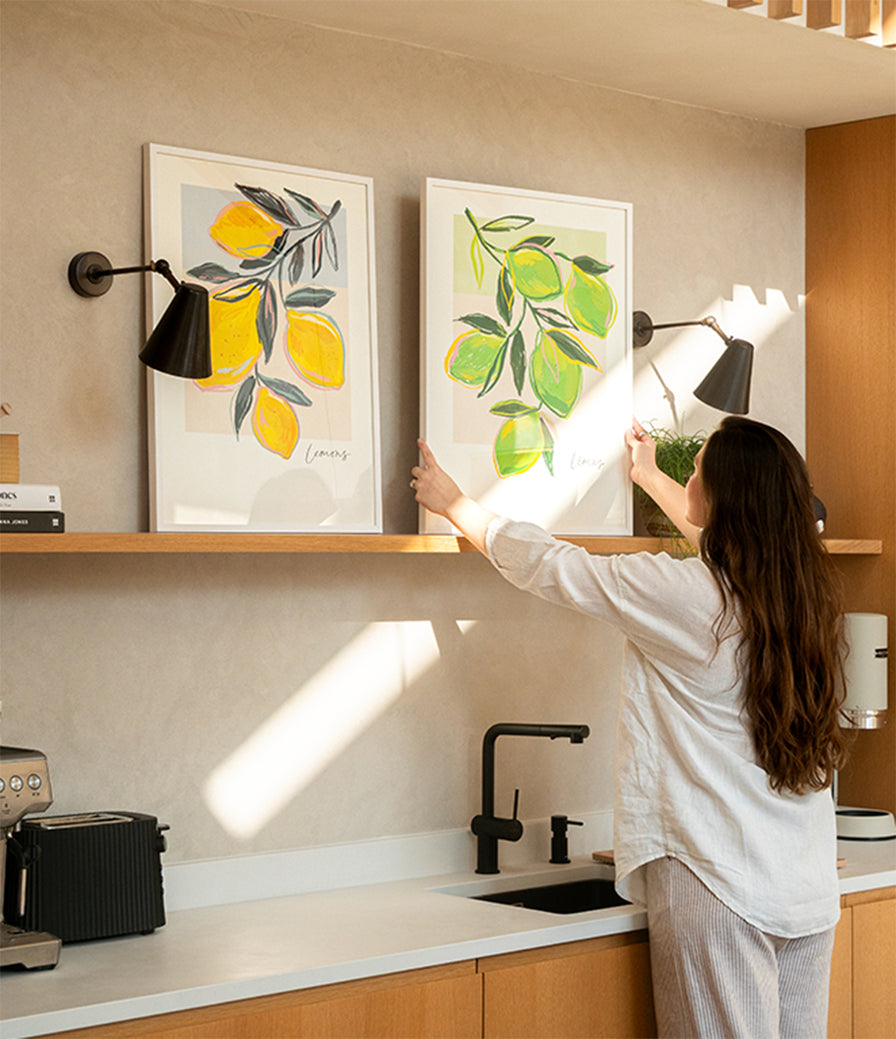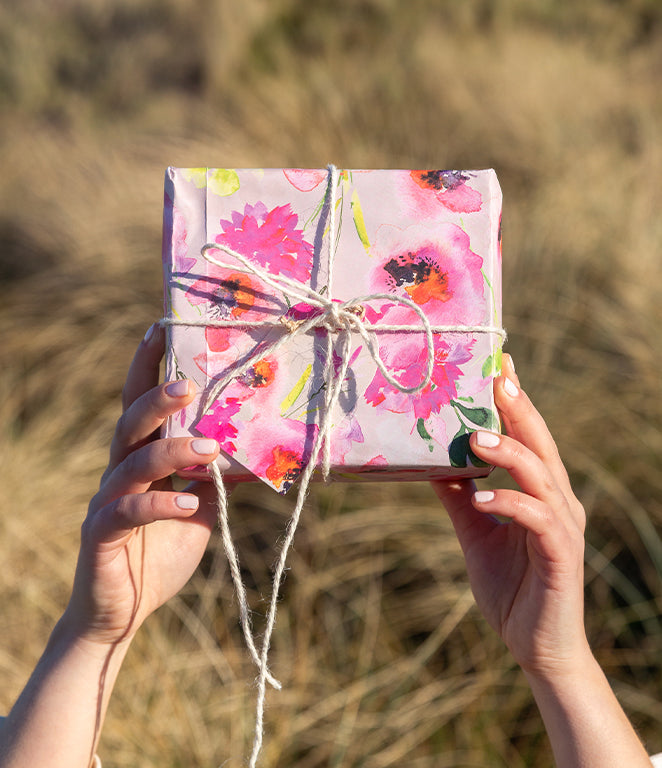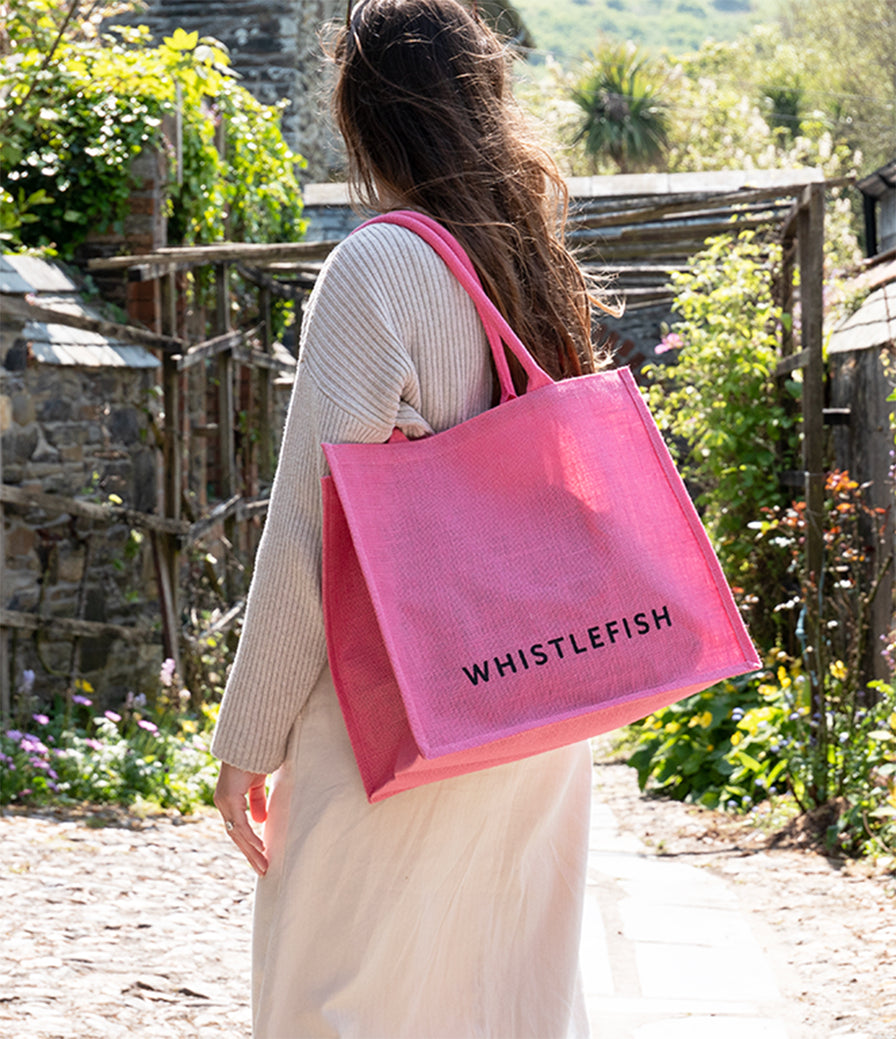Creating The Perfect Space For Your Child With Aspace And Whistlefish
At Whistlefish we take great interest in interior design and creating spaces that resonate with our personalities. Our connection with art and design is important because it influences our day-to-day lives. If we surround ourselves with an environment that matches who we are, houses become homes and rooms become places of solitude and harmony.
We got in touch with wonderful Aspace to discuss how best to decorate a child’s bedroom, and with World Autism day coming up on Thursday 2 April, we also asked their advice on ways to successfully create a bedroom in a way that considered the specific needs of a child on the spectrum.
Having been voted the Best Children's Retailer a second year in a row, Aspace has been creating inspirational children’s bedrooms for more than 20 years, with every bunk ladder, wardrobe door and bookshelf designed by their team in the heart of the Wiltshire countryside.
Creating unique and special spaces for children, packed with fun and imagination. Their exclusive furniture range includes quality beds and coordinating furniture, useful study spaces and clever storage; all made to last and delivered with love.
Check out their fab and expert advice below
Why do you think bedrooms are important for child development?
Children today need spaces that encourage creativity, individuality and learning, but also a place to relax and unwind from their busy worlds. Without question, children are subject to a lot of stimuli which impacts their daily life. In today’s society, we have a fast-paced lifestyle with information swirling around and a constant need to be ‘doing’. Regardless of whether this has a positive or negative impact, children are highly sensitive to their environment.
A child’s bedroom is an important consideration for parents. A bedroom is more than a place to sleep. It provides a child with their own special area to retreat and escape from the busy world and reconnect with who they are becoming.
When designing a child’s bedroom, it’s important that the child is involved in the decision making, as this gives them control over their own space; a chance to express their personality through colour, pattern and accessories. By having a room of their own, children feel responsible for their space; keeping it clean and tidy, which in turn helps with their self-esteem.
What themes are trending at the moment for children’s bedrooms?
With Classic Blue being Pantone’s colour of the year, our on-trend Prussian Blue colourway is the perfect pigment for updating your child’s bedroom furniture. Mix and match with neutral walls while playing with colour through accessories.

Pictured: Aspace Charterhouse Daybed in Prussian Blue.
There is a growing trend too for furniture items made bespoke. With a growing desire for sustainable interiors, parents are looking for key pieces for the family home which will last a lifetime. Whether it’s tweaking the dimensions of a wardrobe so that you have additional hanging space for when your child’s clothes get bigger or adding extra drawers to your chest of drawers for more folding space, parents are investing in future proof furniture.
What key things should you consider when designing a child’s bedroom?
Kids are notorious for changing their personal tastes from minute to minute, and that’s okay – it’s all part of the fun of growing up! However, when it comes to decorating their room, constantly updating the décor to reflect those ever-changing tastes can be exhausting, not to mention expensive.
Before you start thinking about a theme or colour, a mood board should be your first priority. This is as simple as compiling a Pinterest board. Involve your child in this process so they feel included (or have them choose from your ready-made compilation if you need to reign it in).
In any design project, there are a few areas that you want to stand the test of time – floor coverings, furniture pieces, and paint colours. Instead of using these things to make a statement, such as painting the walls in your child’s favourite colour, choose an option that has staying power. Pick paint colours that are warm and inviting, classic finishes for your furniture, and floor coverings that are universal. This will give you an underlying colour palette, so you can have fun playing with accessories.
Invest in timeless furniture
A bed, a bedside, a wardrobe, a desk can live in your child’s room until they are ready for university. Choose investment pieces which are timeless in colour and design, so you can work around them for years to come.

Furniture pieces from Aspace’s Charterhouse Collection.
Multi-functional furniture
With many working parents living in city flats or terraced houses with little square footage, double-duty furniture is a game-changer when it comes to saving space. High and mid sleepers offer space underneath for modular storage or for creating study nooks.

Warwick High Sleeper with bookcase from Aspace.
Be playful and childlike in accessorising
The exciting part of creating a bedroom for your child is accessorising and customising design elements to match their individual personalities. The goal of a child’s room shouldn’t be ‘Instagram worthy’; it should be ‘kid-friendly’. This means letting them decide on the colours and patterns for items like rugs, throws, pillows and wall art. Additionally, while it’s always great to keep clutter to a minimum, allowing your child to choose a few knickknacks for display is a simple and affordable way to allow them to feel involved in the design process.
How would you advise decorating a small space?
Small children’s rooms can be a challenge when it comes to decorating. We all want our kids to have a bright, uncluttered place to play and study, but they’ve often been stuck with the smaller rooms in the family home.
Floor space is precious in a kid’s room, it’s the building zone for lego, trains, fairy kingdoms, and hours of fun. In a small room keep the footprint of the bed small by using a high or mid sleeper bed, which provides storage or a study nook underneath.

Juicy Fruits Mid Sleeper from Aspace.
Small rooms can become easily overwhelmed by clutter and busy colour, leaving them feeling cramped. For this reason, it pays to keep a compact space white, but this doesn’t mean colour and pattern can’t be introduced to add fun and character. Bedding and cushions are the perfect accessories for playing with colour and pattern, and will bring the bed into sharp relief in a white room.
How important is including pattern and colour into a child’s bedroom?
Colour has a significant effect on your child’s psychology and behaviour. Different colours invoke different feelings, and because children are so sensitive, it’s important to really think about how you use them in a bedroom. Blue, pink and green are considered the most relaxing and soothing hues, while purple and lilac are most calming and can encourage thoughtfulness in your little person.
Introduce bright pops of colour and play with pattern through accessories; bedding, rugs, cushions and wall art.
How would you tailor a bedroom to create a space for children on the autism spectrum?
Everyone needs a space to call their own, a place that’s tailored to their preferences and individual needs. This is especially true for children with autism spectrum disorder.
Children need long periods of uninterrupted sleep for optimal growth. You’ll want to make sure that your child’s mattress isn’t keeping them from getting a good night’s sleep. Invest in a mattress which can adapt to your child’s body and regulate their temperature while they sleep, to support growing muscles and bones.
Some kids can also feel overwhelmed by all the ‘clutter’ in their bedroom. Keep clothes, toys, games and books out of sight by investing in furniture which offers ample of storage space. Pick furniture pieces which are neutral or calming in colour to help children feel relaxed in their room.

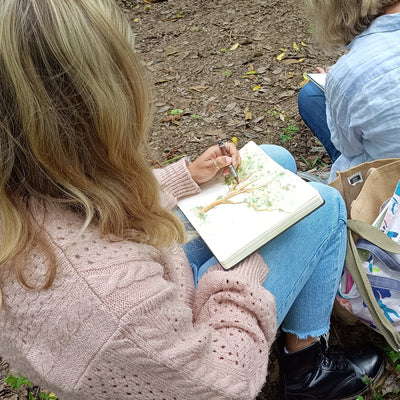
Whistlefsh Journal
All blogs are created by our wonderful in-house team.
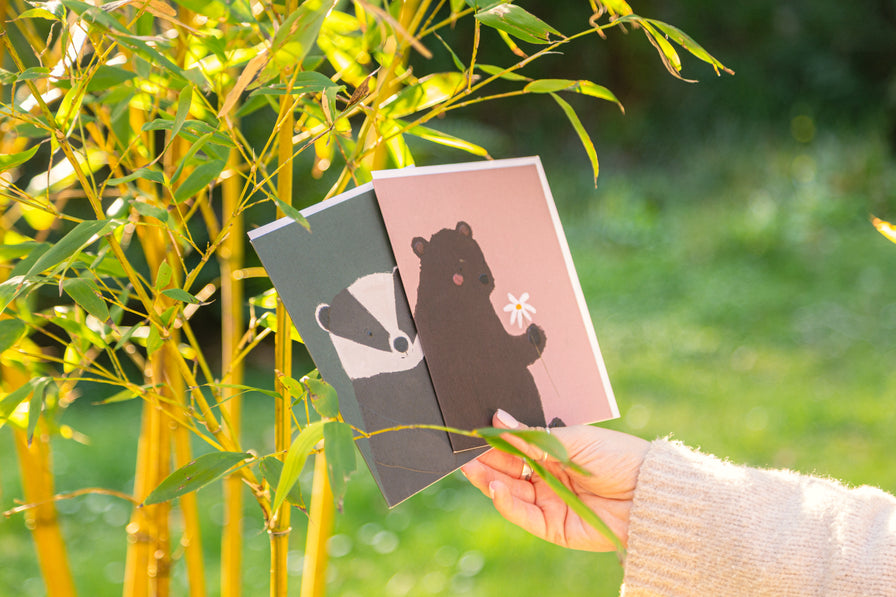
Our Offers
Discover

